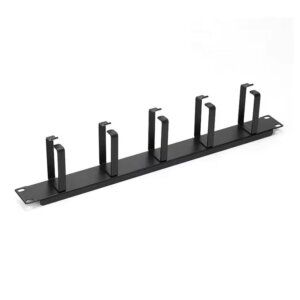What is another name for cable management?
Another term for cable management is cable organization. This refers to the practice of organizing and securing cables to keep them tidy and prevent clutter.
How to manage network cables?
Managing network cables effectively is crucial for maintaining a tidy and efficient network setup. Here are some tips:
1. Labeling: Clearly label both ends of each cable to identify their connections easily.
2. Cable Ties and Velcro Straps: Use these to bundle cables together neatly without damaging them.
3. Cable Trays and Raceways: Install these to route and protect cables along walls or ceilings.
4. Patch Panels: Use patch panels to organize and connect cables centrally, making management easier.
5. Cable Length: Use the appropriate cable length to minimize excess slack and avoid tangling.
6. Color Coding: Use different colored cables for different purposes or networks to simplify identification.
7. Regular Maintenance: Periodically check and reorganize cables to ensure they remain tidy and functional.
8. Vertical and Horizontal Cable Managers: Use these within racks to guide and support cables, preventing strain on connections.
Implementing these strategies will help maintain a clean and efficient network environment.

What is the most common cable management solution?
The most common cable management solution for network cabinets is cable ties.
Cable ties, also known as zip ties, are versatile tools used in cable management to secure and organize cables. They are typically made of nylon and come in various sizes and colors.
These ties are easy to use: you simply wrap the tie around the cables and pull it tight through the locking mechanism. This helps to keep cables bundled together, reducing clutter and minimizing the risk of tangling or damage. They are especially useful in both home and office settings for managing computer cables, home theater wires, and other electronic cords.
For more flexibility, there are also reusable cable ties, which can be adjusted or removed as needed.
